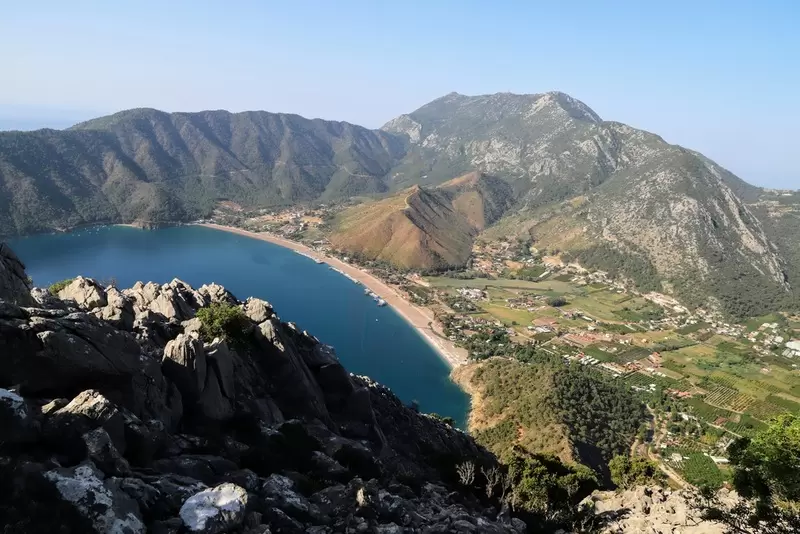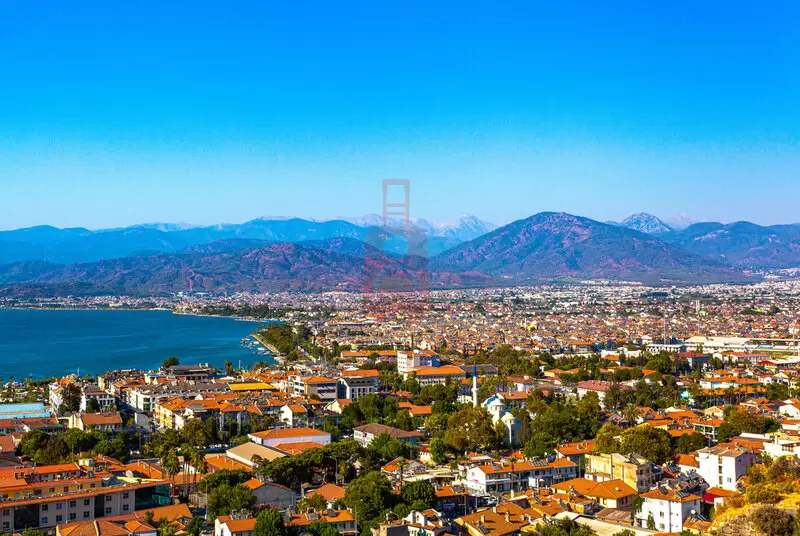
Moses Mountain (Turkish: Musa Dağı), also known as Moses Mountain, is a mountain located in the Hatay Province of southern Turkey. The mountain is 1,750 m (5,741 ft) above sea level. The mountain is considered sacred by Jews, Christians, and Muslims. According to the Bible, Moses received the Ten Commandments from God on Mount Sinai. The mountain is also mentioned in the Quran as the place where Moses spoke to God. Musa Dağı is a popular destination for pilgrimage and tourism.
The mountain is also known as the Amanus Mountains, and is part of the Taurus mountain range. The mountain range is home to a variety of wildlife, including bears, wolves, deer, and wild boar. The mountain range is also home to a number of historical sites, including the ruins of the ancient city of Antioch.
-
Location and Geography: Musa Dağı is situated in the eastern part of the Hatay province, near the town of Samandağ. It is part of the Nur Mountains, which extend along the eastern Mediterranean coast of Turkey. The mountain rises to an elevation of approximately 2,326 meters (7,631 feet) above sea level.
-
Historical Significance: Musa Dağı gained international attention during World War II when it became a refuge for a group of Jewish people fleeing persecution in Europe. In 1943, around 5,000 Jews sought shelter on the mountain, establishing a community known as Yamaç or Yayladağı. The group successfully resisted Nazi forces for several months until they were eventually rescued by Allied forces.
-
The Exodus of Yayladağı: The story of the Jewish community on Musa Dağı and their resistance against the Nazis is often referred to as the Exodus of Yayladağı. It has been recognized as a symbol of bravery and solidarity in the face of oppression. The events on Musa Dağı inspired the novel The Forty Days of Musa Dagh by Franz Werfel, which brought further attention to the story.
-
Commemoration and Remembrance: Musa Dağı serves as a site of remembrance for the events of the Exodus of Yayladağı. Memorials and monuments have been erected in the area to honor the bravery and resilience of the Jewish community and their supporters. Visitors can explore these sites and learn about the historical significance of Musa Dağı.
-
Natural Beauty and Hiking: Musa Dağı offers scenic landscapes and opportunities for outdoor activities. The mountain features diverse flora and fauna, including pine forests and endemic plant species. Hiking trails are available for visitors who wish to explore the mountain and enjoy its natural beauty.
When planning a visit to Musa Dağı, it's advisable to check with local authorities or tourism information centers for the most up-to-date information on access, safety guidelines, and any regulations that may be in place. It's important to respect the historical significance of the area and the memories associated with it.










